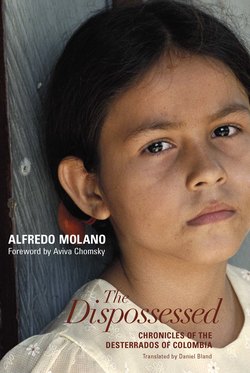The Dispossessed

Реклама. ООО «ЛитРес», ИНН: 7719571260.
Оглавление
Aviva Chomsky. The Dispossessed
Отрывок из книги
A Mónica Restrepo,
cuya risa derrota la muerte.
.....
As the guerrilla war began again, two new elements jumped into the vortex of violence: the drug cartels and the paramilitaries. In fact, the two rose side by side, as the major drug cartels in Medillín and Cali financed and armed many of the original paramilitary forces. Colombian peasant farmers, facing ruin and poverty in the 1970s and 1980s, turned to coca production as a lucrative and easily transportable crop. Guerrillas levied “war taxes” on middlemen who facilitated transport of the coca from the fields to the cartels, allowing them to finance a range of social services for the rural poor. But the cartel leaders invested part of their superprofits in land and cattle—placing them in league with the traditional enemies of the rural poor and guerrillas. And when guerrillas turned to kidnapping and ransoming of wealthy “narco-landowners,” the druglords created “death to kidnappers” paramilitary groups to fight the guerrillas. The drug cartels’ creation of death squads overlapped with the traditional oligarchy’s opposition to any negotiated settlement with the guerrillas. Forces inside the military opposed to the guerrillas also took advantage of a loophole in Colombian law allowing them to create “self-defense forces,” or autodefensas, private militias armed by the military. The result of all this was a huge increase from the 1980s to today in paramilitary activity, including massacres, disappearances, and forced displacements.25
Since the drug cartels, the traditional oligarchy, and the military represented an alliance of sectors of Colombia’s ruling class, it wasn’t long before paramilitary activity became directed not just at guerrillas, but at any force inside Colombian society that dared to challenge the status quo. Human rights workers, trade unionists, peasant leaders, left-of-center politicians, and others having little or nothing to do with guerrilla activity became targets of the paramilitaries. In the cities—especially in the slum areas where many of the displaced concentrate when they flee to urban areas—“social cleansing” by hired assassins (sicarios) annually murders hundreds of street children, prostitutes, and others deemed “undesirable.”26 An account of just such an incident of “social cleansing” forms the core of the story in “The Turkish Boat.”
.....